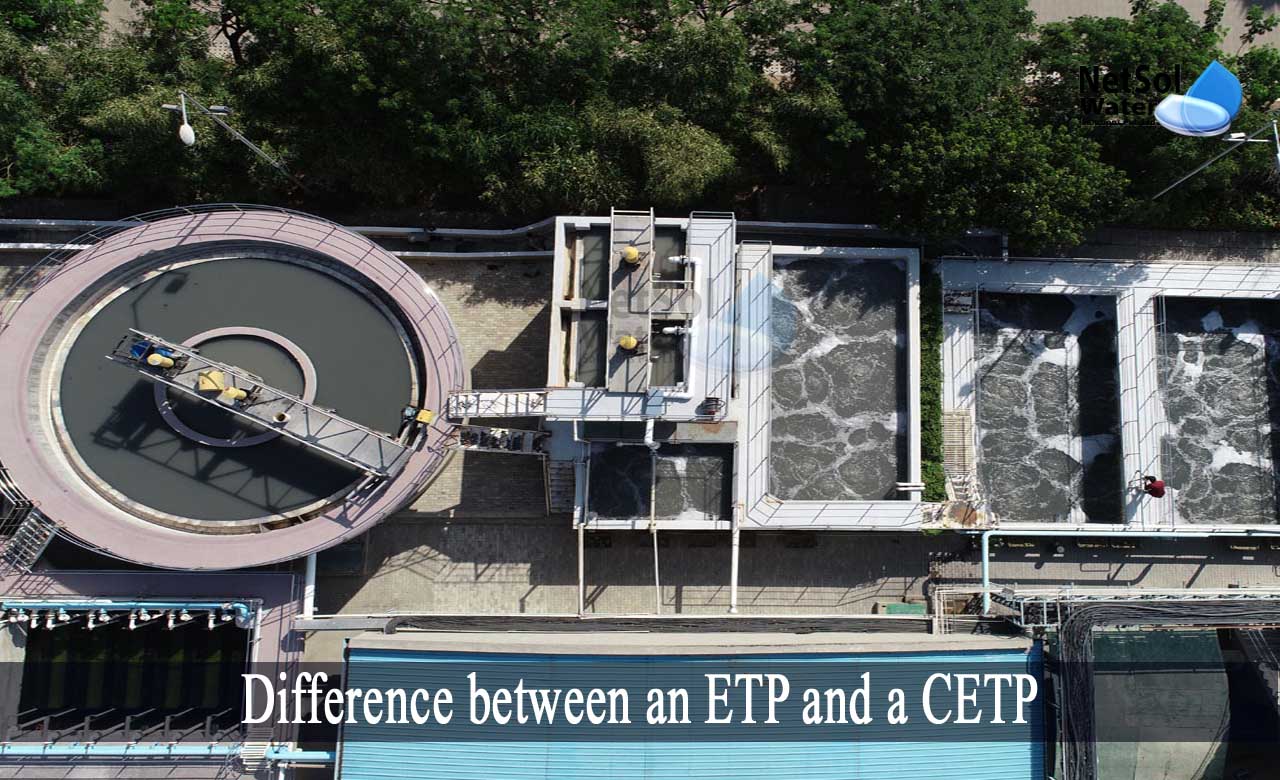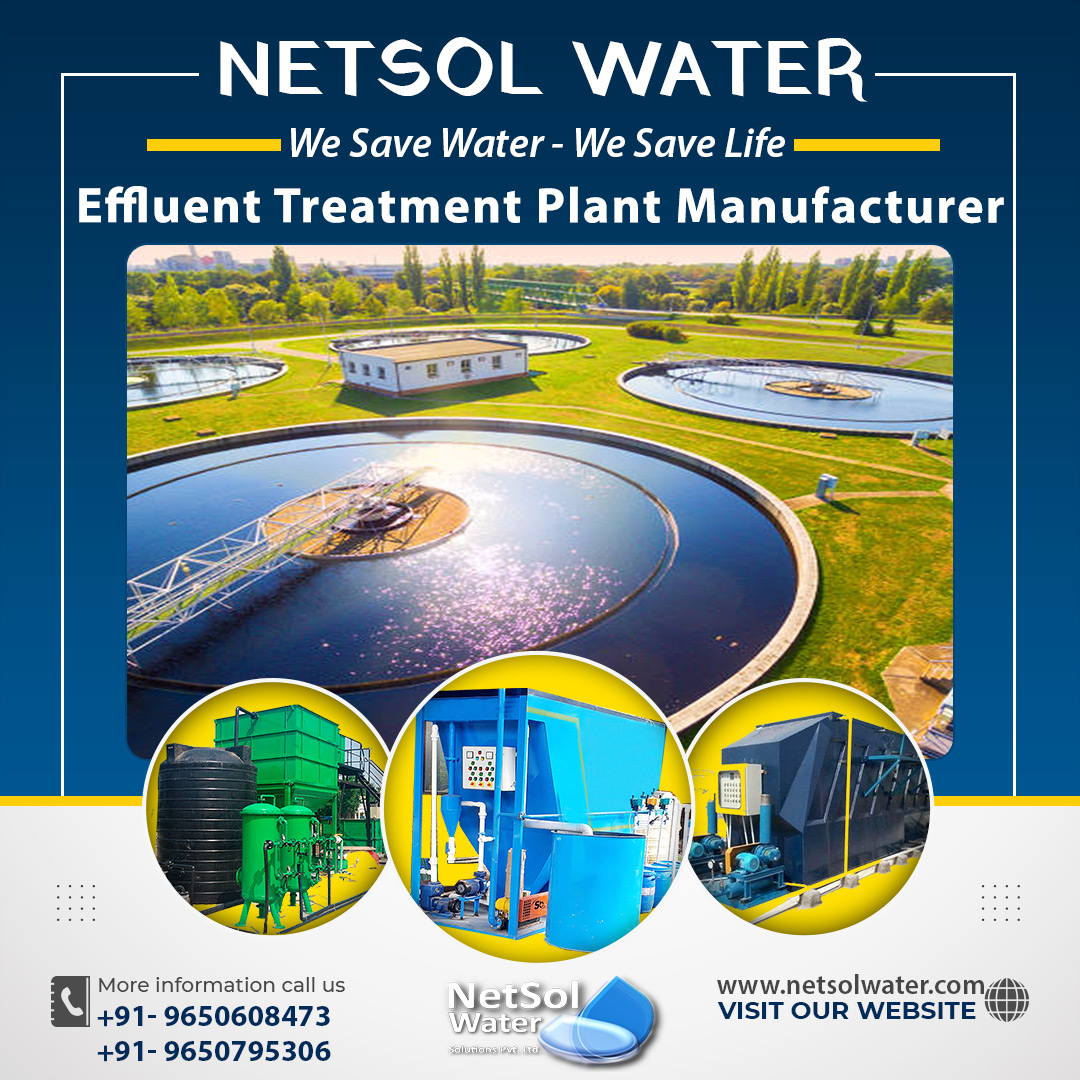What are the Difference between an ETP and a CETP?
Wastewater treatment plants, after recycling, turn contaminated wastewater into useful water. Such facilities are utilized in practically every sector, where clean water is required for workers or machinery to function. When pollutants or chemicals are introduced to water, its physical and chemical qualities change, and the water becomes unsafe to use. As a result, the water must be treated before use.
What is an Effluent Treatment Plant (ETP)?
Effluent is wastewater produced by industrial and manufacturing processes. It comprises hazardous compounds, as well as poisonous and non-toxic materials.Before discharging wastewater into drains, every industry must have an effluent treatment facility. It is illegal to discharge water straight into a drain, without first filtering it. These facilities not only keep industries from contaminating the environment, but also allow them to utilize the finished filtered water.
Processes used in Effluent Treatment Plants
To treat wastewater, these facilities employ processes such as screening, sedimentation, clarification, centrifuging, and evaporation with drying technologies, and so on.
To break down solid and chemical waste, chemicals are also added through coagulation and precipitation. The end product may not be completely useable, but it is sufficient to drain it and utilize part of it, in other operations.
Importance of Effluent Treatment Plants
Effluent treatment is critical, to preventing contamination of receiving water. The effluent treatment facilities are established, to prevent the likelihood of pollution. If left unaddressed, the levels of contamination in the purification processes, might destroy bacterial treatment beds, and lead to pollution of regulated waterways.
Common and Combined Effluent Treatment Plants (CETPs)
The Ministry of Environment and Forests, Government of India, has launched the centrally sponsored scheme, Common Effluent Treatment Plant (CETP), in order to create a cooperative movement of pollution control, particularly to treat effluent emanating from clusters of compatible Small-Scale Industries.
Many Small-Scale Industries (SSI) are unable to set up treatment systems on their own; therefore, the concept of CETPs (Common Effluent Treatment Plants) is intended, to assist such industries in treating their effluent before disposal, whether it is in a stream, on land, or in rivers, etc. CETPs are placed in industrial estates with clusters of small size industrial units, and a high concentration of polluting businesses.
Role of CETPs
The main goal of CETP is to minimize the treatment costs, incurred by an individual member unit, while safeguarding the water environment as much as possible.
Setting up a common effluent treatment plant
The CETP association must submit a proposal for the establishment of CETP, by such industries to the respective State Pollution Control Board. After examining the proposal, and acquiring commitment from the concerned State Government regarding its contribution, recommendation is made to the Ministry of Environment and Forests for consideration. The Ministry examines the proposal,and makes a decision through a screening committee formed in this regard.
Later on, the Ministry releases funds for approved projects, which is a matching grant to the amount released by the concerned State Government, subject to a bank guarantee from the CETP association, for the amount released by the Central Government.
Best Common Effluent Treatment Plant Manufacturer in India!
Netsol Water, is India’s top most & leading Common Effluent Treatment Plant Manufacturer. We have a team of highly skilled and experienced specialists, which oversee all elements of quality, so that the firm may satisfy the demands and expectations of its clients and consumers.




